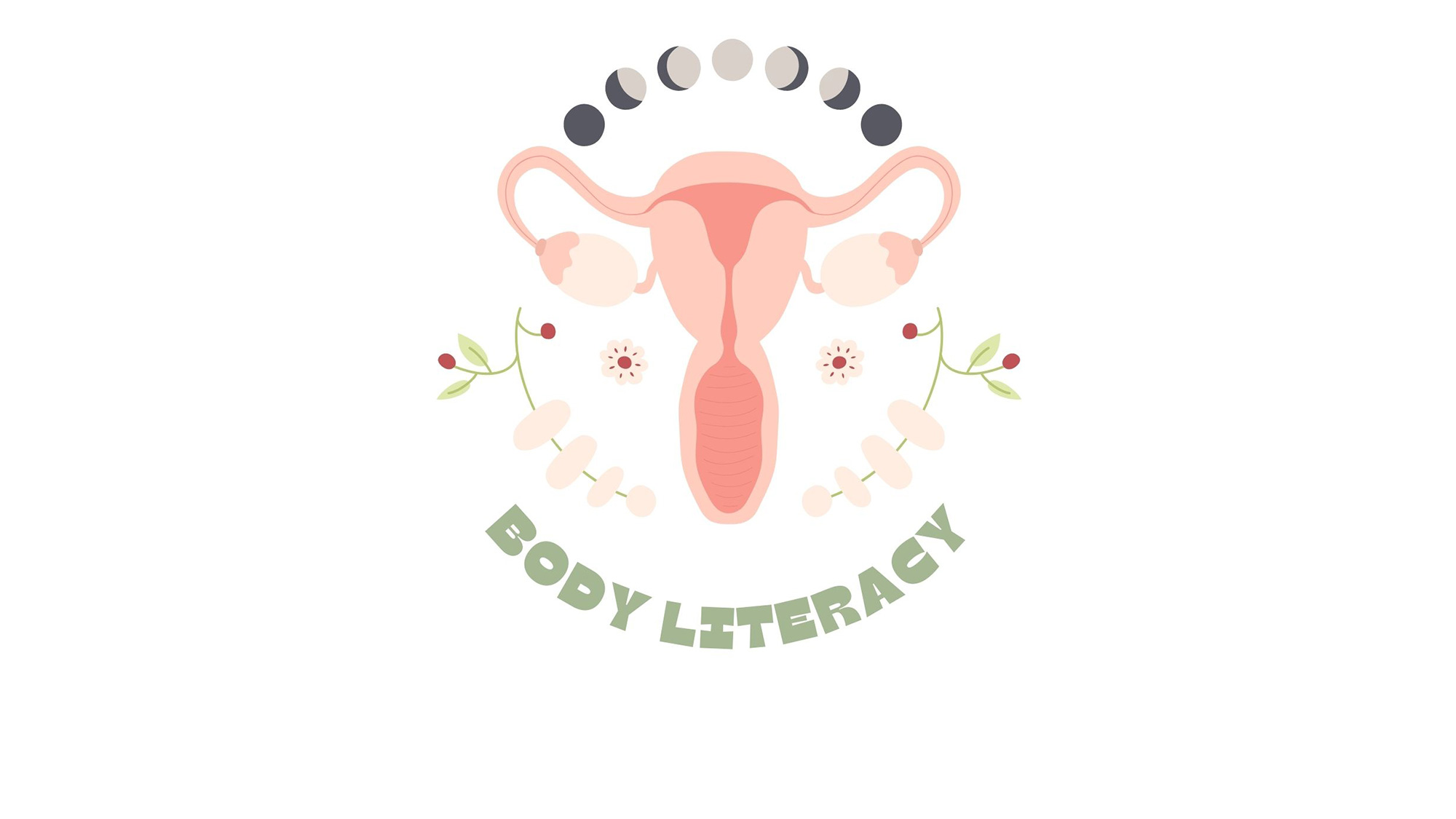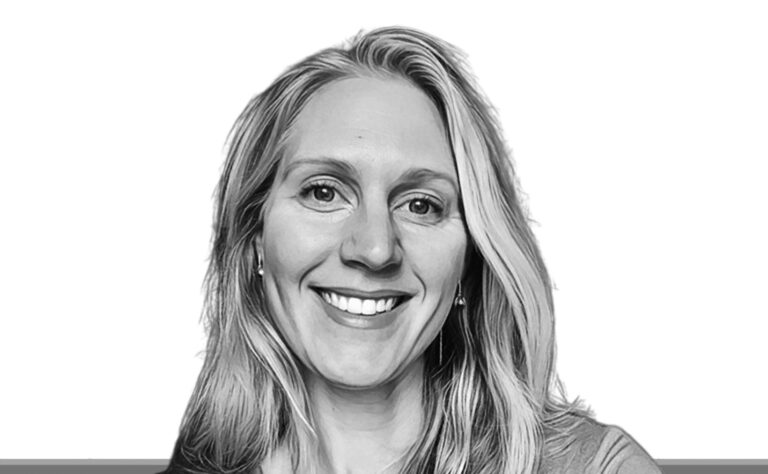In the 2020s, the word “pandemic” is more firmly entrenched in the contemporary lexicon than ever before. The physical, psychological, economic and ecological fallout of a global pandemic is more broadly understood — and felt— than in living memory, and the global cooperation and coordination to address the spread of disease and mitigate its effects is remarkable. While the COVID-19 pandemic is certainly most noteworthy, it is not the only wide-spread health crisis affecting humans in staggering numbers. According to leading women’s health practitioners, an estimated 80% of American women seek medical care for hormonal problems (A. Romm, n.d.), with prevalence rates of reproductive and menstrual diagnoses at epidemic proportions; Polycystic Ovarian Syndrome (PCOS) now affects up to 12% of menstruating people (PCOS (Polycystic Ovary Syndrome) and Diabetes, 2020), and 1 in 10 females of reproductive age will be diagnosed with endometriosis (Rogers et al., 2009). Globally, fertility rates are falling by 1% per year (Fertility Rate, Total (Births per Woman), n.d.), faster than the rate of global warming (Swan & Colino, 2021), with 1 in 6 people experiencing fertility issues (A. Romm, n.d.). Both the causes and outcomes of the decline are varied, but alongside positive social trends (such as increased reproductive autonomy) are concerning biological shifts indicating an emerging, but “hidden hormone epidemic” as women’s health specialist Dr. Aviva Romm writes (A. J. Romm, 2021). Compared to the coronavirus, however, very little is being said or done about it.
The implications of this epidemic go far beyond declining fertility rates. Hormonal and reproductive disorders are linked to increased risk and prevalence of immunological, cardiovascular, metabolic and psychological disorders, as well as to decreased quality of life and even economic losses associated with missed work (Côté, & Cumming, 2002). Menstrual dysfunction costs society at large too, with US industry missing out on 8% of the total wage bill (A. Romm, 2018), and an estimated €1.5 billion annual expenditure in the EU treating the most common endocrine disorders in women, including endometriosis and uterine fibroids (Hunt et al., 2016).
While endocrinological and gynaecological pathologies are impacting a high number of individual lives, and costing the medical system and economy a considerable amount of money, the increasing demand for care is not well met by the supply of care. Access to appropriate medical management is compromised for several reasons, including the availability of healthcare itself. Wait times to see specialists are long, fewer and fewer Canadians have a GP, and walk-in clinics are closing all across the country.
Once an appointment with a care provider is obtained, however, a patient struggling with reproductive or menstrual health issues is not necessarily guaranteed access to appropriate and effective treatment. As herbalist, textbook author and Fellow of the Royal Society of Medicine Simon Mills asserts “there is a significant gap in modern health care (…) and there are many illnesses that women may suffer from that are inadequately addressed by modern medical advances” (as cited in A. Romm, 2018). Journalist and author Maya Dusenbery refers to this “knowledge gap” as the outcome of the underrepresentation of the female body in medical training, clinical trials, and research (Dusenbery, 2018), resulting in a limited toolkit available to practitioners of conventional medicine. This lack of comprehension and informed practices “puts women at risk for missed opportunities for prevention, incorrect diagnoses, misinformed treatments, sickness and even death” according to a 2014 report (Brigham and Women’s Hospital, 2014).
Body Literacy as a Solution
One answer to addressing the increasing rates of pathologies and inadequate access to effective, appropriate care is to recenter the patient and her body by teaching body literacy. Body literacy is a term coined in 2005 by women’s health activist Laura Wershler, who believed that “understanding our menstrual cycles was the key to fully participatory, informed decision-making about our health” (Wershler, 2020). Megan Lalonde, registered midwife and professor at the School of Nursing & Midwifery at Mount Royal University presents a simplified definition of the concept, as “learning to read and understand the language of our body” which often includes learning to observe, chart and interpret signs of the various stages of the menstrual cycle as part of body literacy (Witwicki, 2005).
Facilitating improved individual body literacy in the menstruating public is a vital tool for improving reproductive health outcomes, as it better equips women to identify shifting patterns in their menstrual cycle that may be indicative of an emerging issue, and provide valuable information to their care providers that may result in more timely and accurate diagnoses and more effective treatment plans. It re-centres the individual and provides data to empower them to advocate for themselves and to make decisions and take action that serves their longterm health, wellness and fertility goals.
References:
Brigham and Women’s Hospital (2014). Sex-Specific Medical Research: Why Women’s Health Can’t Wait. [online] Boston Foundation. https://www.brighamandwomens.org/assets/bwh/womens-health/pdfs/connorsreportfinal.pdf\
Côté, I., & Cumming, D. (2002). Work loss associated with increased menstrual loss in the United States. Obstetrics & Gynecology, 100(4), 683–687. https://doi.org/10.1016/S0029-7844(02)02094-X)
Dusenbery, M. (2018). Doing Harm: The Truth About How Bad Medicine and Lazy Science Leave Women Dismissed, Misdiagnosed, and Sick. HarperOne.
Fertility rate, total (births per woman). (n.d.).The World Bank. Retrieved April 12, 2022, from https://data.worldbank.org/indicator/SP.DYN.TFRT.IN
Health Literacy Key to Better Health Outcomes. (2020, October 26). UnitedHealth Group. https://www.unitedhealthgroup.com/newsroom/research-reports/posts/health-literacy-research-462863.html
Hunt, P. A., Sathyanarayana, S., Fowler, P. A., & Trasande, L. (2016). Female Reproductive Disorders, Diseases, and Costs of Exposure to Endocrine Disrupting Chemicals in the European Union. Journal of Clinical Endocrinology & Metabolism, 101(4), 1562–1570. https://doi.org/10.1210/jc.2015-2873
PCOS (Polycystic Ovary Syndrome) and Diabetes. (2020, March 24). Centers for Disease Control and Prevention. https://www.cdc.gov/diabetes/basics/pcos.html
Rogers, P., D’Hooghe, T., Fazleabas, A., Gargett, C., Giudice, L., Montgomery, G., Rombauts, L., Salamonsen, L., & Zondervan, K. (2009). Priorities for endometriosis research: Recommendations from an international consensus workshop. Reprod Sci., 14(4), 335–346. https://doi.org/10.1177/1933719108330568
Romm, A. (n.d.). Body Literacy: The First Step Toward Hormone Intelligence (No. 155). Retrieved April 2, 2022, from https://avivaromm.com/body-literacy/
Romm, A. (2018). Botanical Medicine for Women’s Health (Second). Elsevier.
Romm, A. J. (2021). Hormone Intelligence: The complete guide to calming hormone chaos and restoring your body’s natural blueprint for well-being (First). HarperCollins.
Swan, S. H., & Colino, S. (2021, March 16). Reproductive Problems in Both Men and Women Are Rising at an Alarming Rate. Scientific American. https://www.scientificamerican.com/article/reproductive-problems-in-both-men-and-women-are-rising-at-an-alarming-rate/
Wershler, L. (2020, January). The Origin of Body Literacy. Larabriden.Com. https://www.larabriden.com/body-literacy/
Witwicki, D. (2005, Fall). The Body Literacy Imperative is Born or Who Stole the Birth Control Pills? Femme Fertile, 6.




